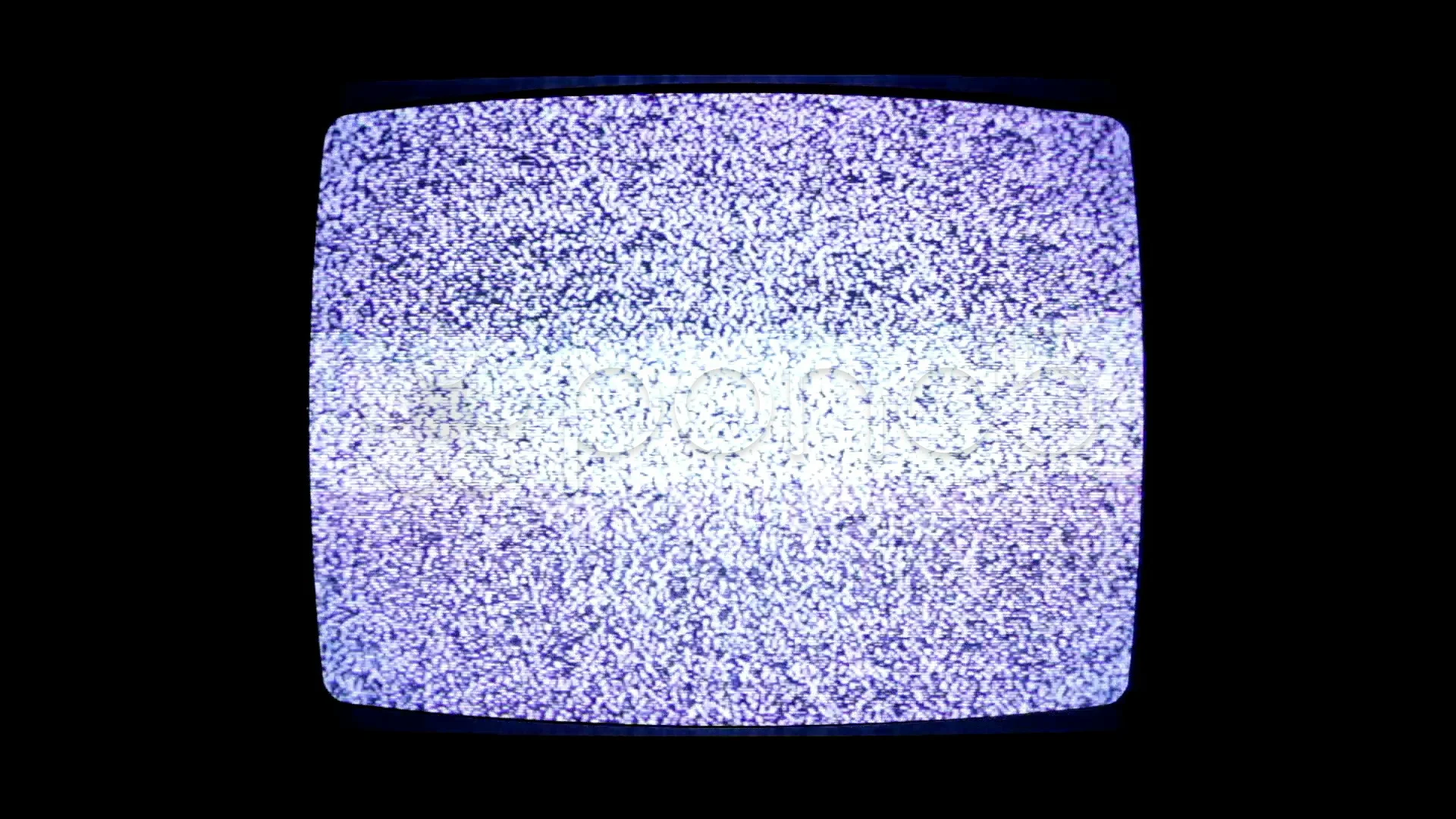Why do screens appear wavy in photographs?
You might have encountered this situation when taking a photo of a computer or television screen. The screen appears wavy/striped/line-patterned.
There are two main reasons for this phenomenon:
Pulse-width modulation (PWM): Some screens use a method called pulse-width modulation (PWM) to adjust brightness. In this method, the screen's backlight is turned on and off for certain durations. For instance, if the screen brightness is set to 50%, the backlight will be on for one second and off for the next second every second. When a camera captures a photo of a screen using PWM, it can detect these periods when the backlight is on and off. This can appear as waves or lines in the photograph.
Shutter speed: Shutter speed is the duration for which the shutter remains open while taking a photo. The lower the shutter speed, the longer the photo is exposed. If the screen brightness is low, the camera may need to use a longer exposure time. This can cause waves or lines in the photo due to a mismatch between the screen's refresh rate and the shutter speed.
Either of these two reasons can cause screens to appear wavy in photographs. To prevent this issue, you can increase the screen brightness or shorten the shutter speed. Additionally, you can choose a screen that does not use PWM to adjust its brightness
BONUS
One of the Evidence that the Universe was Created by the Big Bang: The Static Screen of Televisions:
Scientists say that if the universe was formed by the Big Bang, the light that emerged shortly after the explosion should have spread throughout the universe. Every corner of the universe should now be filled with this light. And indeed it is. Here's how:
When the universe became transparent for the first time after the Big Bang, light began to travel freely in space. Photons moved unimpeded through every point in space, filling the entire universe with blinding light. However, this light from the early universe could not remain so bright until today and as the space expanded, it shifted from visible light to microwaves.
What television antennas detect are these microwaves.
About 1% of the static on our television screens is actually the glow that emerged after the formation of the universe. It makes one want to sit in front of the television and watch the broken channels to see the remnants of the oldest light that appeared 14 billion years ago.
Thank you for reading. Don't forget to leave a comment.




















































